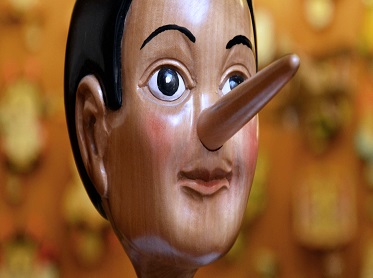When I first started working in broadcast at a very young age, my father, Joe Winkler, who was a real-life "Mad Men" (he even won a Peabody Award for sales), gave me this simple statement when I first encountered ratings and numbers related to audience: “Figures Don’t Lie, But Liars Figure”. I believe it was my father's way of encouraging me to have a healthy skepticism about figures or what's now called "data". I think this cautionary statement has fueled a career long skepticism about data-driven presentations.
In the recent "6 Pixels of Separation" podcast, best-selling author, Marty Neumeier, expressed a similar sentiment in a different way when he said "numbers are the easiest way to fool people and fool yourself". He was cautioning people about how they might interpret big data or data-driven conclusions. It's interesting that my father's expression was from a time when figures (or data) was extremely crude by today's standards. Just because we have a lot more data, doesn't necessarily mean we have more insight or that we understand the truth of what the data is saying. That's why I advocate a couple of simple skeptical questions you should ask yourself when looking at a figure or data-driven presentation.
1. What's the source of the data and methodology? Is what you're seeing an excerpt from a larger data set?
2. How was the data arrived at? This is similar to methodology, but not the same.
3. Is there an independent way you can corroborate or contradict the conclusions of the presentation using other data or information?
4. Try to get access to the broader set of data and do an independent analysis.
The statement "figures don't lie, but liars figure" isn’t so much a condemnation of data-driven presentations, but rather an encouragement to always maintain healthy skepticism and understand the limits of what numbers or data can tell you.



